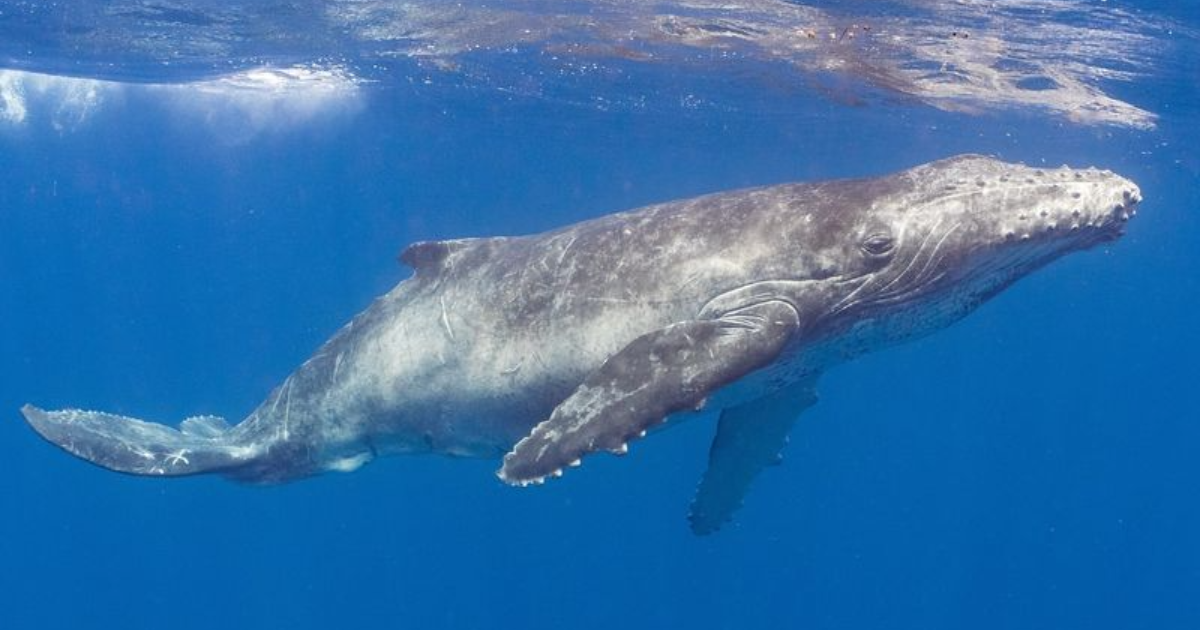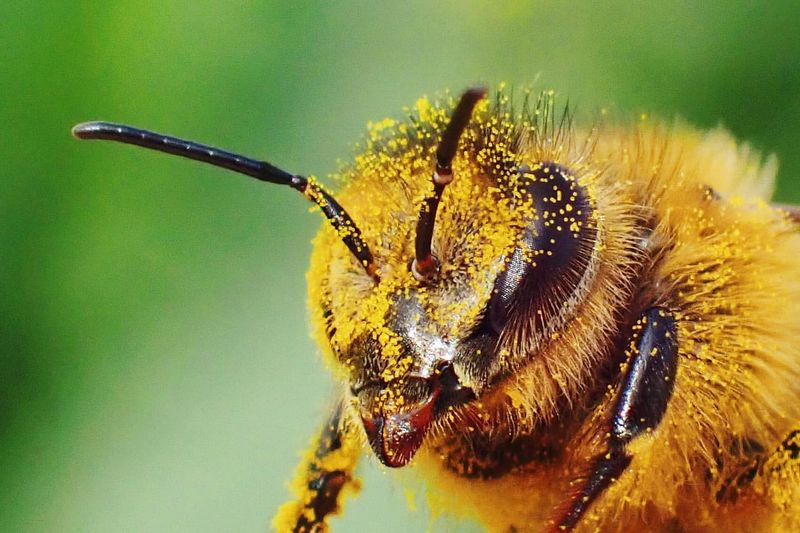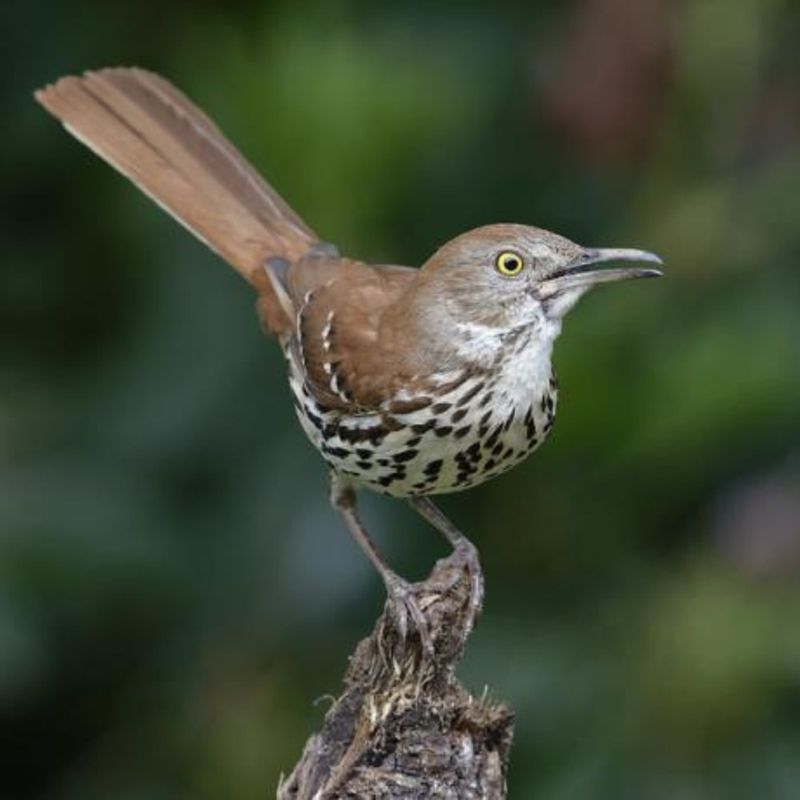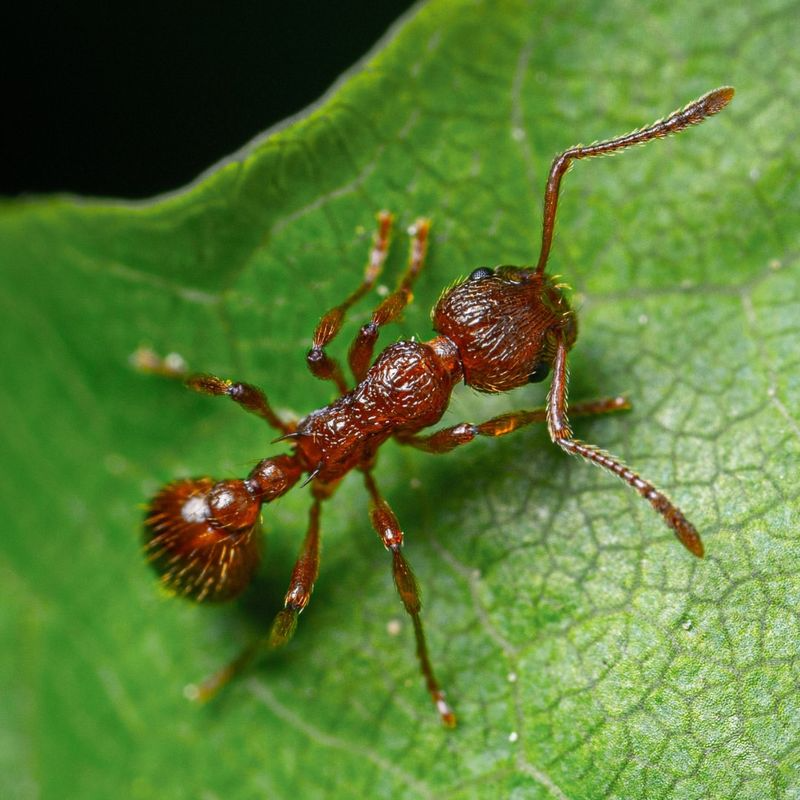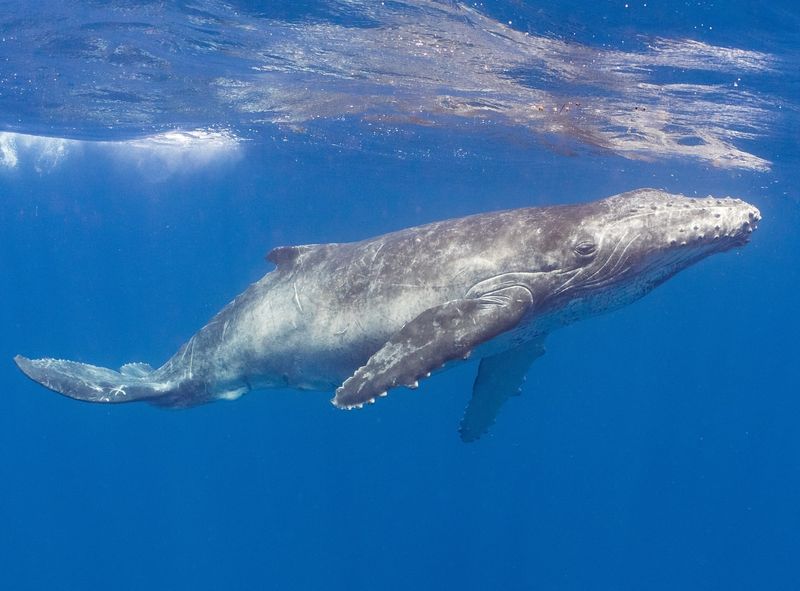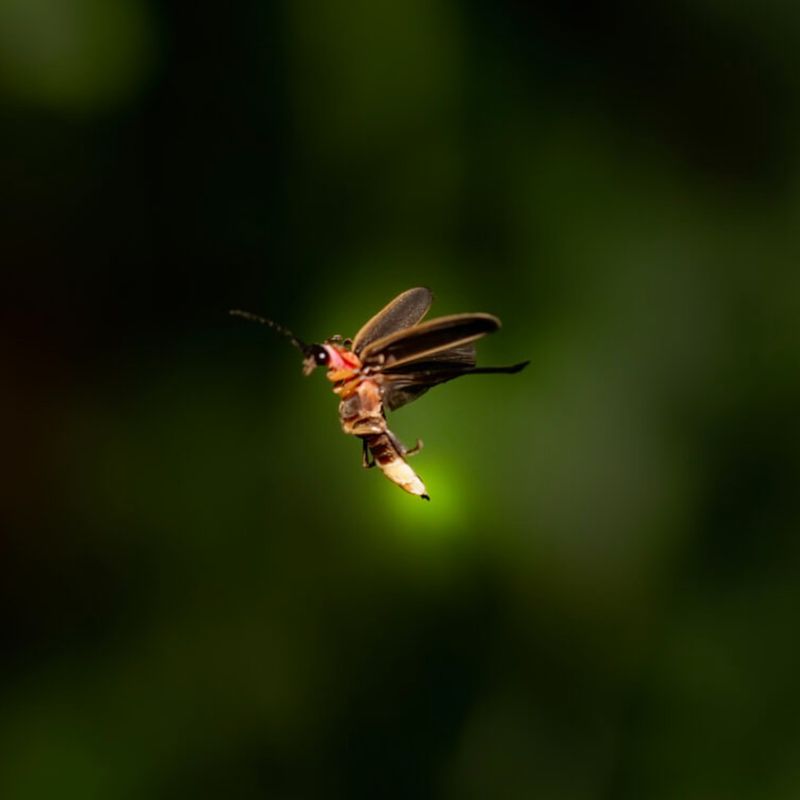📖 Table of Content:
Ever wondered what animals are saying to each other? It’s not like they have little phones or group chats, but somehow, they manage to send messages loud and clear.
Some of them use underwater whispers, others flashy displays in the treetops, while others still are known for downright bizarre methods that seem straight out of a sci-fi movie. It’s safe to say that the animal kingdom knows how to communicate in some seriously cool ways.
So hop on this wild ride through seven of the most amazing, quirky, and downright genius ways animals talk to each other. They’re not just chatting for fun (although who knows?)—these methods are all about survival, finding love, warning of danger, and everything in between.
Some will make you laugh, others might make you say, “Wait, what?!” Either way, you’ll walk away with a new appreciation for the weird and wonderful ways nature has mastered the art of conversation.
7. Dolphin Echolocation
Imagine being able to “see” with sound. That’s exactly how dolphins navigate their underwater world and communicate.
Using echolocation, dolphins emit a series of clicks that bounce off objects, returning echoes that paint a mental picture of their surroundings. This skill is more than just practical—it’s how dolphins hunt, identify threats, and even socialize with one another.
Scientists believe each dolphin has its own unique “signature whistle,” kind of like an underwater name tag, making their communication not just efficient but also highly personalized. Who needs a GPS when you’ve got built-in sonar?
6. Bee Dance Language
Bees are the ultimate dance communicators. When a worker bee finds a nectar-rich flower, it doesn’t just buzz back to the hive—it puts on a show.
The “waggle dance,” as it’s called, is like GPS coordinates in dance form. The direction of the waggle indicates where the food is, while the duration and intensity tell the hive how far to fly. It’s like a tiny disco party with life-or-death stakes.
Without this intricate dance language, the hive wouldn’t thrive. Next time you see a bee, just remember: it’s not only working hard—it’s also busting a move!
5. Elephant Infrasound Communication
Elephants are the masters of long-distance chats, and they do it in a way we can’t even hear. Using infrasound—low-frequency vibrations that travel through the ground—elephants can send messages to one another across miles.
These rumbling calls can mean anything from “danger ahead” to “let’s meet up by the watering hole.” Their ability to connect over such long distances plays a vital role in keeping herds together and safe.
What’s even more amazing? Elephants can sense these vibrations through their feet, proving that communication doesn’t always require ears—it just takes some seriously cool biology.
4. Bird Song and Mimicry
Birds aren’t just chirping for fun; they’re composing symphonies to communicate everything from territorial claims to romantic interest.
Some species, like mockingbirds and lyrebirds, take it a step further by mimicking sounds from their environment, including other birds, animals, and even human-made noises. Imagine a bird that sounds like a chainsaw or a car alarm—it’s not just hilarious, it’s also an impressive display of adaptability.
For many birds, their songs are a way to show off intelligence and attract mates. In the avian world, a catchy tune can literally be the key to love.
3. Ant Chemical Communication
Ants may not have voices, but they’re masters of chemical communication. By releasing pheromones—special chemical signals—they can guide their colony to food, warn of danger, or coordinate complex tasks.
Ever seen a trail of ants marching perfectly in line? That’s the result of a scent trail laid down by a scout ant, pointing the way to the jackpot.
These pheromone messages are highly specific, ensuring the colony works like a well-oiled machine. It’s like texting, only with smells instead of emojis. Talk about efficient teamwork!
2. Whale Songs
Whales are the bards of the ocean, singing hauntingly beautiful songs that can travel thousands of miles through the water.
Male humpback whales, in particular, are known for their intricate melodies, which can last up to 30 minutes and evolve over time. These songs aren’t just pretty—they’re believed to play a role in mating and possibly even navigation.
Other whale species use vocalizations to communicate within their pods, warning of danger or coordinating group movements. It’s as if whales have their own underwater concert series, connecting them across vast distances in the deep blue.
1. Firefly Light Signals
When the sun goes down, fireflies light up the night with their glowing courtship signals. Each species of firefly has its own unique blinking pattern, used to attract mates.
The males flash their coded lights, and if a female is interested, she responds with her own glow. But it’s not all romance—some fireflies use their light displays to lure prey instead of partners.
Regardless of the purpose, this bioluminescent communication is one of nature’s most enchanting spectacles.
